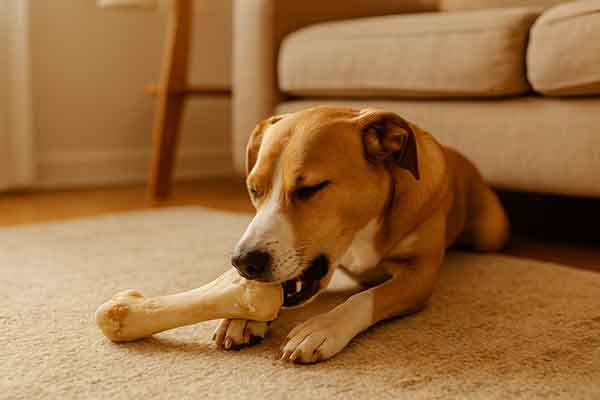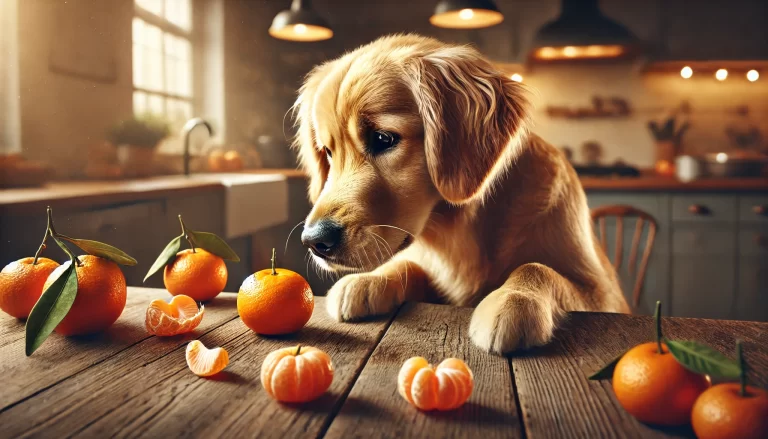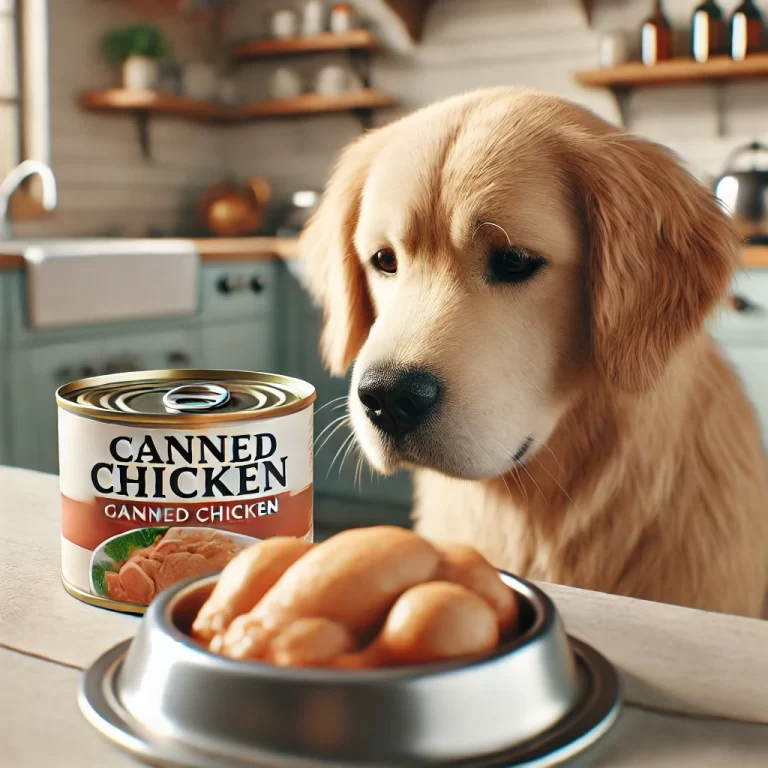Why Do Dogs Like to Chew on Bones? Instincts, Benefits & Safety Tips
Have you ever wondered, “Why do dogs like to chew on bones?” Whether it’s a big meaty bone or a synthetic chew, most dogs seem obsessed with gnawing away for hours. The behavior is more than just entertaining—it’s rooted in instinct and can offer physical and psychological benefits. In this article, we’ll explore the reasons dogs love chewing on bones, the benefits and risks involved, and how to offer bones safely to keep your pup happy and healthy.
Table of Contents
- The Natural Instinct Behind Bone Chewing
- Physical Benefits of Bone Chewing
- Chewing as Mental Stimulation
- Types of Bones Dogs Like to Chew
- Are Bones Safe for Dogs?
- Tips for Safe Bone Chewing
- Best Practices for Giving Your Dog a Bone
- FAQ
The Natural Instinct Behind Bone Chewing
Chew behavior is deeply ingrained in canine DNA. In the wild, wolves and other canines hunt prey and chew on bones to access marrow—a rich source of fat and nutrients. Even though domestic dogs are far removed from their wild ancestors, the instinct to chew remains strong.
From puppies teething to adult dogs keeping themselves busy, chewing satisfies a deep-rooted need. It’s part of how they explore the world, release energy, and soothe themselves.
Physical Benefits of Bone Chewing
1. Dental Health
Chewing on bones can help scrape away plaque and tartar from your dog’s teeth, promoting better oral hygiene and fresher breath. It can reduce the risk of gum disease and the need for professional cleanings.
2. Jaw Strength
Regular chewing exercises jaw muscles, helping your dog maintain strong oral health. It’s also satisfying for dogs who love to “work” their jaws.
3. Nutritional Benefits (with Raw Bones)
Some raw bones contain minerals like calcium and phosphorus. While not a replacement for a balanced diet, they can provide trace nutrients when part of a supervised treat regimen.
Chewing as Mental Stimulation
Chewing provides important mental enrichment, helping to stave off boredom, stress, and even anxiety. A dog left alone with nothing to do may chew furniture or shoes. Giving them a safe bone to chew can redirect that energy constructively.
Benefits of Mental Stimulation:
- Reduces boredom-related behaviors (like digging or barking)
- Helps puppies with teething pain
- Offers comfort to nervous or anxious dogs
In short, chewing is therapeutic. It’s similar to a stress ball for dogs—it soothes and relaxes them.

Types of Bones Dogs Like to Chew
1. Raw Bones
- Recreational raw bones: Large beef or lamb bones given for chewing, not eating
- Raw meaty bones: Like chicken necks or wings, often used in raw feeding diets
2. Cooked Bones (Not Recommended)
Cooked bones become brittle and can splinter, posing serious risks. Never give your dog cooked bones from your plate, including pork ribs, chicken bones, or steak bones.
3. Synthetic Chews
- Nylon bones: Durable and long-lasting, but should be used with caution
- Rubber chews: Safer for aggressive chewers and easy to clean
- Dental bones: Designed to clean teeth and freshen breath
4. Edible Bones & Treats
Digestible options made from compressed meat or starch, such as:
- Bully sticks
- Rawhide alternatives
- Vegetable-based chews
Are Bones Safe for Dogs?
Bones are generally safe when chosen and offered correctly, but they do come with risks. Here’s what to watch for:
1. Choking Hazard
Small or brittle bones can break into sharp pieces that pose a choking risk or block the airway.
2. Tooth Damage
Hard bones, especially weight-bearing bones from large animals, can fracture a dog’s teeth—particularly in aggressive chewers.
3. Digestive Issues
Swallowing large pieces of bone can lead to blockages, constipation, or even intestinal perforation in serious cases.
4. Bacterial Contamination
Raw bones can carry Salmonella or E. coli, especially if left out for too long. Always follow hygiene protocols when handling raw bones.
Tips for Safe Bone Chewing
- Always supervise: Never leave your dog unattended with a bone
- Choose the right size: Bones should be larger than your dog’s mouth to prevent choking
- Limit chew time: 15–20 minutes per session is enough to prevent over-chewing
- Freeze raw bones: Helps prevent spoilage and lasts longer
- Throw away chewed-down bones: Once they get small enough to swallow whole, discard them
Best Practices for Giving Your Dog a Bone
1. Match the Bone to the Dog
Small dogs need softer, smaller bones. Large, aggressive chewers need dense bones or synthetic alternatives designed for their bite strength.
2. Introduce Gradually
Not all dogs digest bones well right away. Introduce them slowly to watch for any adverse reactions.
3. Store Bones Properly
Refrigerate raw bones between uses and discard after a few days to prevent bacterial growth.
4. Consult Your Vet
If your dog has dental issues, sensitive digestion, or a history of pancreatitis, ask your veterinarian before introducing bones.
FAQ
Why do dogs chew bones and growl?
Dogs may growl when chewing a bone to guard it, especially if another dog or person approaches. This is normal, but resource guarding should be managed through training if it becomes aggressive.
Is it OK to let my dog chew bones every day?
It depends on the type of bone. Daily chewing of safe, digestible chews may be fine, but hard bones should be limited to a few times a week to avoid tooth damage.
What bones are best for dogs’ teeth?
Raw bones or dental chews designed for cleaning teeth are ideal. Avoid extremely hard bones that can crack teeth, such as femur or knuckle bones from cows.
Can puppies chew on bones?
Puppies can chew on soft bones or synthetic chews made for teething. Avoid hard bones, cooked bones, and anything too big or small for their mouth.
Why does my dog bury bones?
This is instinctual behavior passed down from wild ancestors. Dogs may hide or bury bones to “save them for later,” even indoors under cushions or rugs.
Conclusion
So, why do dogs like to chew on bones? It’s a mix of instinct, oral health, mental enrichment, and pure satisfaction. As long as bones are selected and offered with care, they can be a valuable part of your dog’s routine. From raw bones to safe synthetic options, chewing supports dental health, prevents boredom, and taps into your dog’s natural instincts.
Just remember—safety first. Supervise chewing, choose the right type of bone, and always consult your vet if in doubt. A happy dog is a chewing dog—but the right bone makes all the difference.



